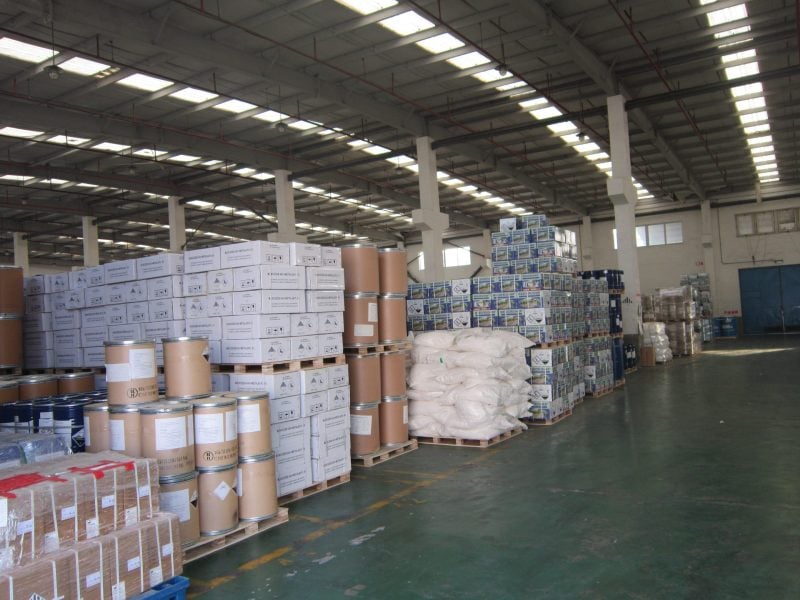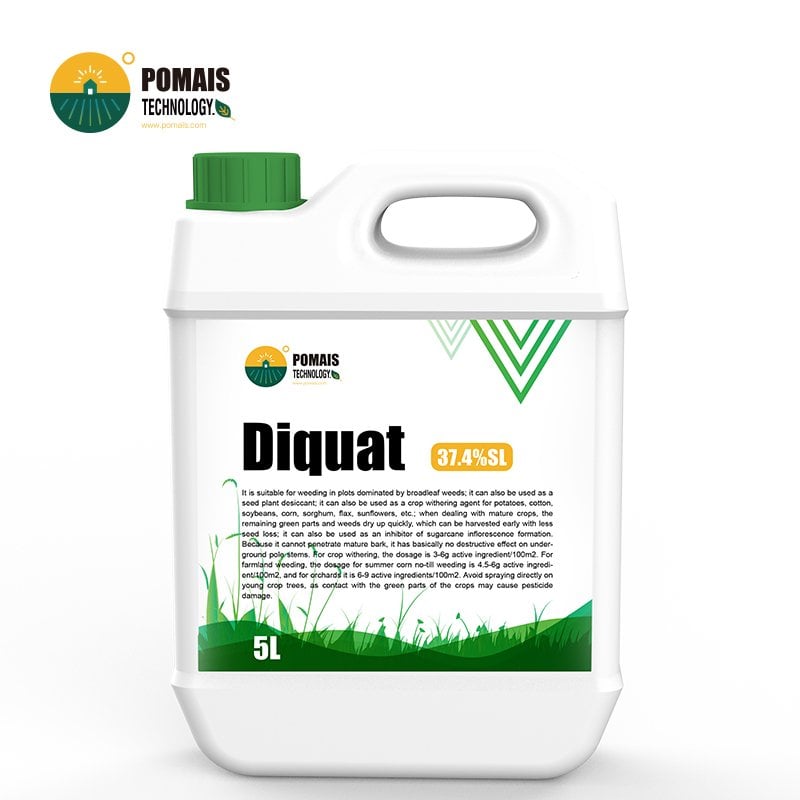Services about Agricultural Chemicals
Services
Our company offers a range of specialized services to meet the diverse needs of our clients. For influential agricultural brands, we provide OEM/ODM services along with customized labeling solutions. For small to medium-sized businesses, we offer a one-stop branding service, including store design, customized labels and packaging, as well as pesticide recommendations to help businesses succeed in their local markets. Whether you are a large brand looking for tailored products or a growing company aiming to establish a presence, we have the expertise to support your success!
News
News
About Us
About Us
POMAIS is committed to long-term partnerships with agrochemical importers, distributors, and brand owners.
Whether you’re expanding into new markets or developing your own product line, our team is here to provide flexible, scalable solutions for your business.
We gain a good reputation from clients, who mainly comes from Russia, Middle east, Africa and South America. Young sales team with enthusiastic warmly welcome you and assist you to occupy the market with good service and professional skills.
We’ve been connecting with global importers and distributors from all over world. Our cooperated factory has passed authentication of ISO9001:2000 accreditation. Registration documents support and ICAMA Certificate supply. SGS testing for all products.













